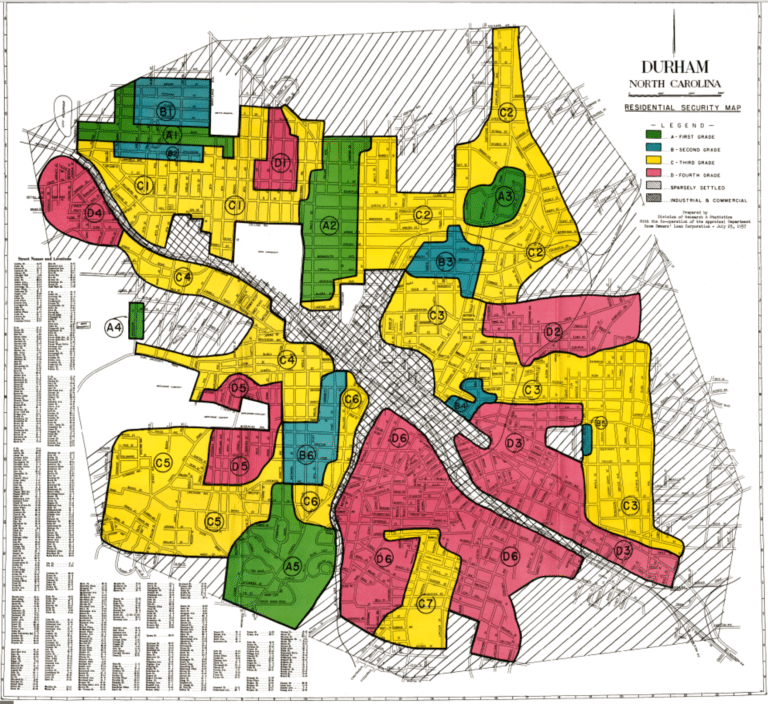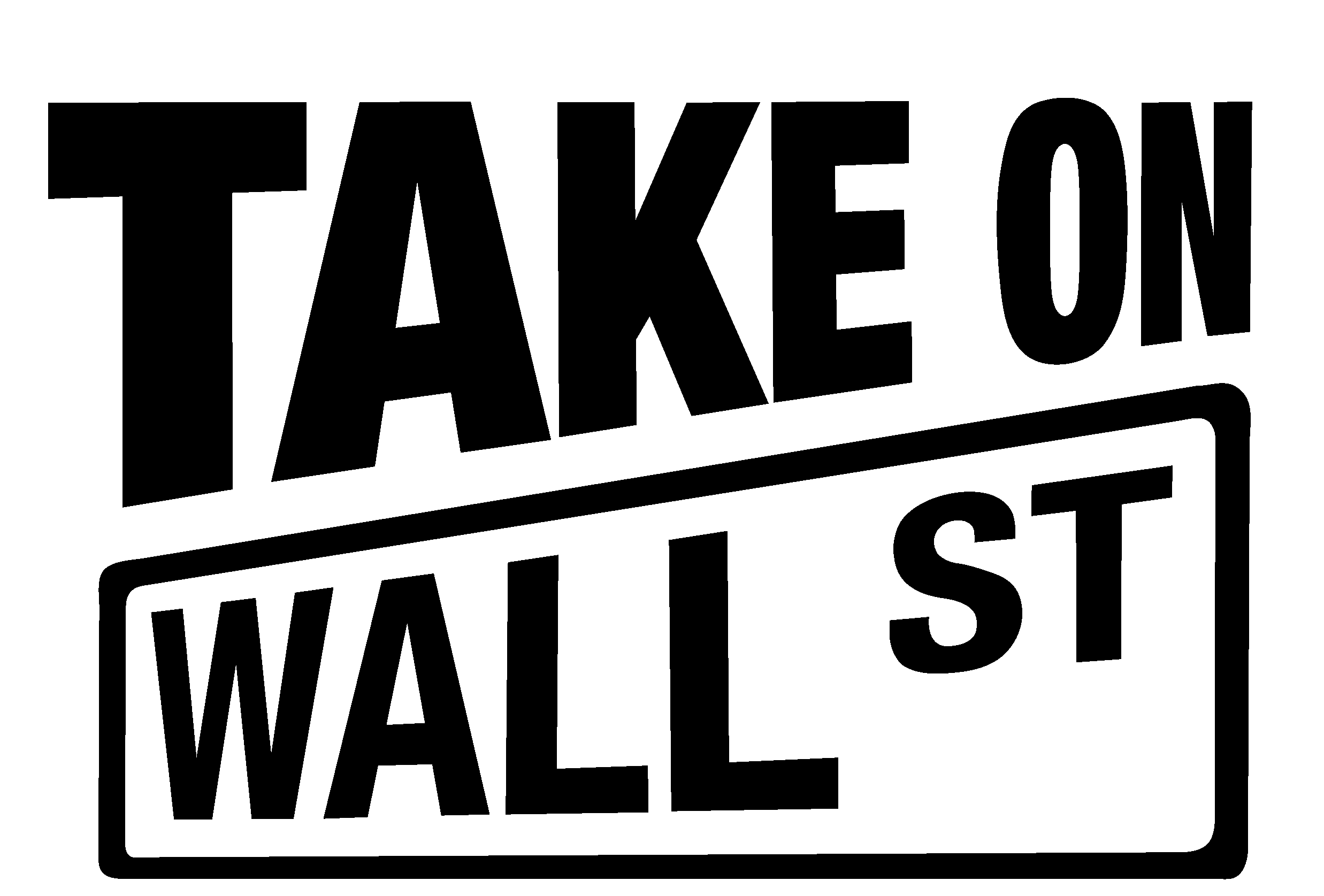Redlining
The History of Redlining in the United States
The average Black family in the United States has roughly 1/10 the wealth of the average white family. No less disturbing, this racial wealth divide has grown, rather than shrunk, over the past few decades. Economists assign much of this gap to vastly unequal transfer of wealth between generations. And the overwhelming majority of that wealth transfer, for people of color, happens through home ownership.
That discrimination and Jim Crow laws dramatically impacted the ability of Black Americans to build wealth is broadly known. Less so is the fact that legal discrimination, facilitated by the federal government, was a key force in creating that gap.

When the New Deal was launched during the Great Depression, it represented the largest investment into the public good in the history of the nation. In addition to establishing minimum wage laws and worker standards, it also rolled out a series of public projects and federal programs. One such program was the Home Owners Loan Corporation (HOLC), which was created to stabilize the housing market after increased foreclosures. This government-controlled entity refinanced roughly one million homes, effectively creating the white middle class with its more generous financing. Less than 1% of the $3.5 billion spent on HOLC between 1933 and 1936 went to Black households–even as the taxes from people of all races were used to fund the program.
This is because HOLC assigned color-coding to neighborhoods across the nation, deeming them as “green” (or “A”) and worthy of mortgages, “blue”/”B” and “yellow”/”C,” which were decreasingly worthy, or “red” or “D” as “hazardous” places to provide loans. Black neighborhoods (and even white neighborhoods adjacent to Black ones) were deemed red.
What is FAIR?
The idea for Is Our Economy Fair? (FAIR) emerged during the early days of the Covid pandemic, when in-person trainings became an impossibility. A dynamic, interactive website, FAIR expands on a timeline that has been a central component of the Take on Wall Street curriculum. Not to be overlooked, these pivotal moments have formed the American economy’s DNA.
